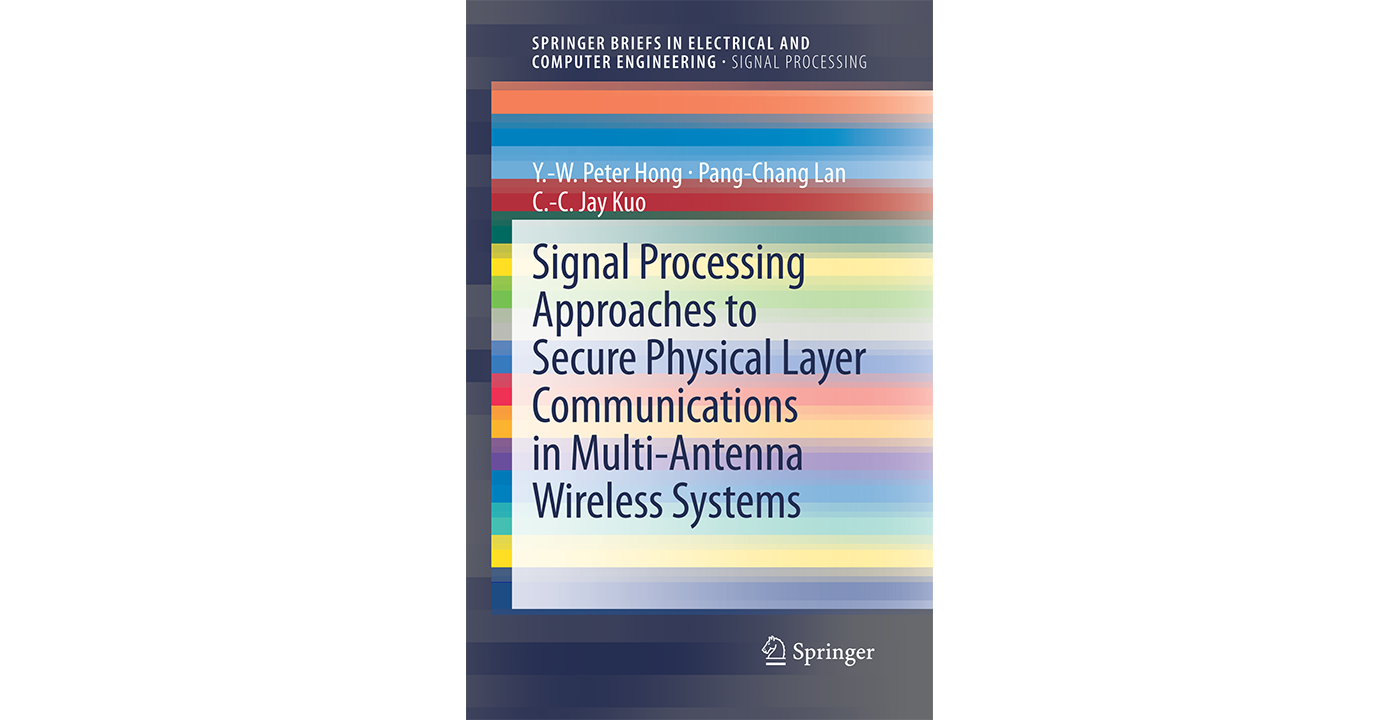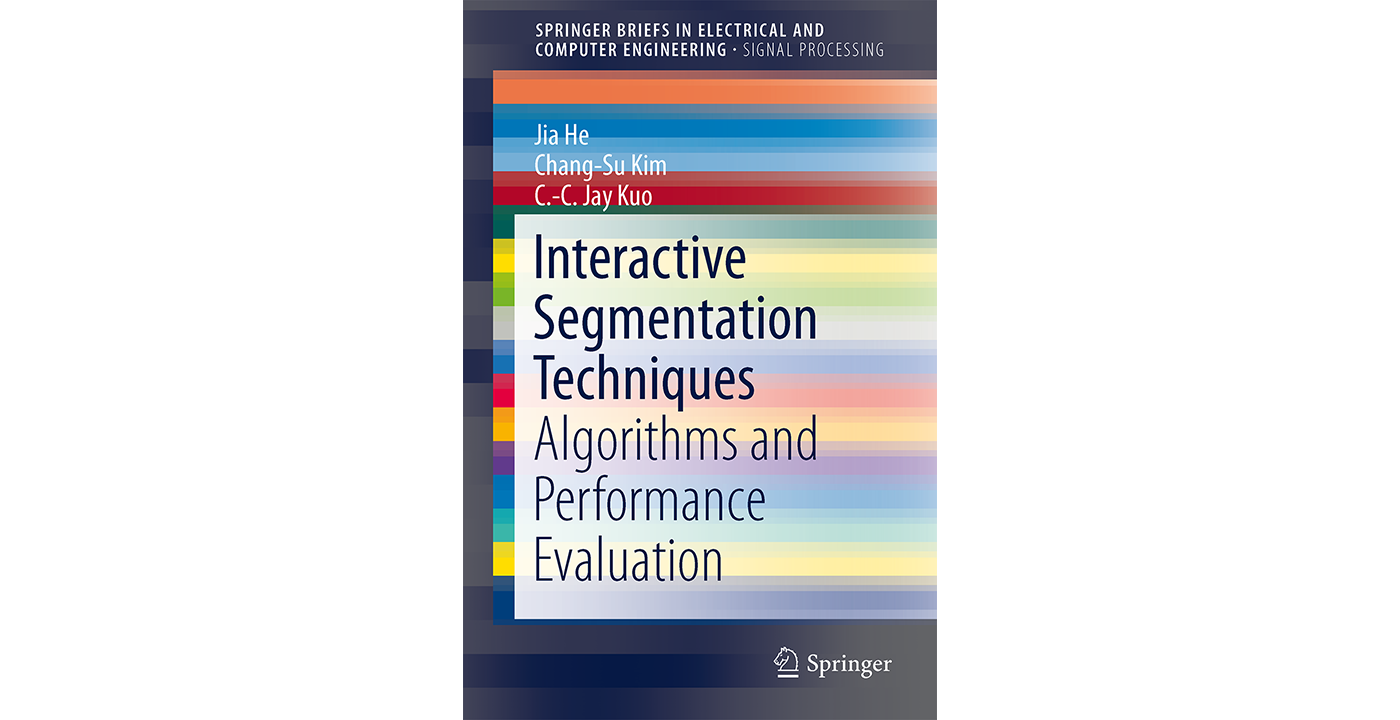Development of the objective metric for 3D Image Quality Assessment
Author: Hyunsuk Ko and C.-C. Jay Kuo
A new framework for objective quality evaluation of stereoscopic image pairs is the goal of this research. Quality assessment of stereoscopic image pairs is more complicated than that for 2D images since it is a multi-dimensional problem where the quality is affected by distortion types as well as the relation between the left and right views (e.g. different levels of distortion in two views). In this work, a new formula-based metric was introduced to provide results better than state-of-the art methods. However, the formula-based metric still has its limitation. For further improvement, we further propose a 2-stage fusion model. That is, we classify distortion types into groups and design a set of scorer to handle them separately. In Stage 1, each scorer generates its own score. In Stage 2, all intermediate scores are fused to predict the final quality index with nonlinear regression. Experimental results demonstrate that the proposed quality index outperforms several existing quality assessment methods by a significant margin over different databases.
Although research on advanced image/video quality index methods that are more consistent with the human visual experience has made a substantial amount of progress in the last decade, the study on 3D image/video quality is still in its early stage. The 3D quality assessment (QA) is a difficult problem since it is affected by 2D image quality, depth perception and visual discomfort such as eye strain or dizziness. It is particularly challenging when the stereoscopic image pair consists of two views with different quality levels (called asymmetric distortion). To address this problem, we need a deeper understanding of the human visual system (HVS), e.g. the binocular combination in stereovision, to build a robust index that [...]


